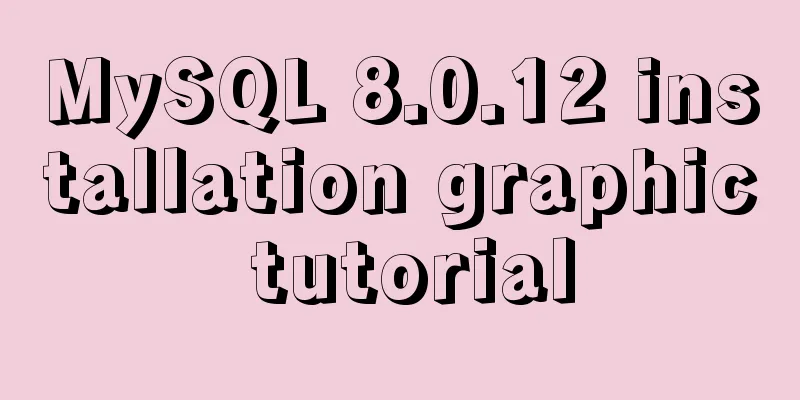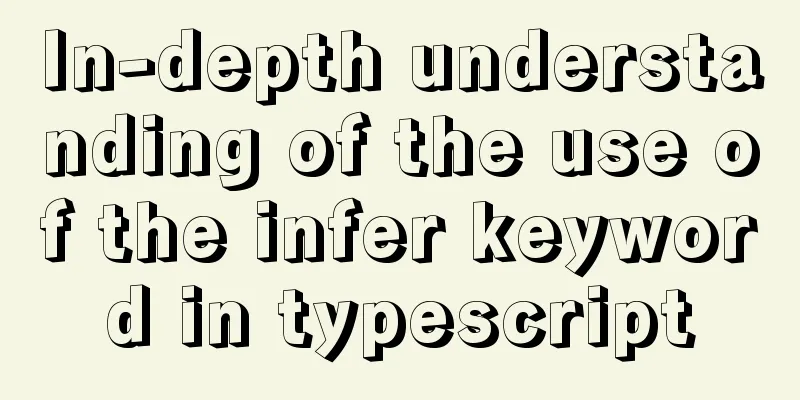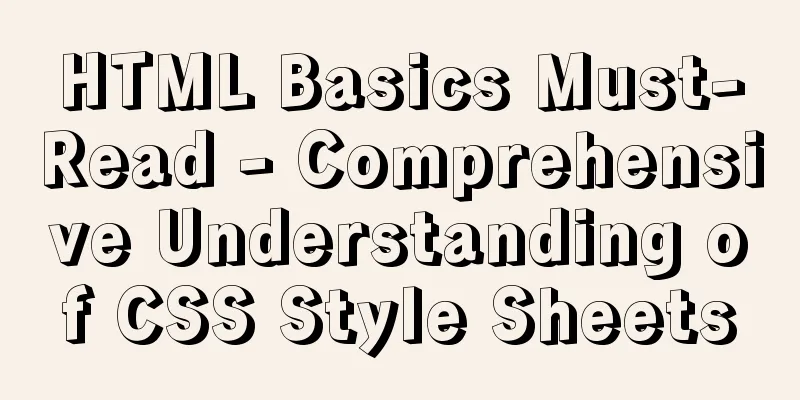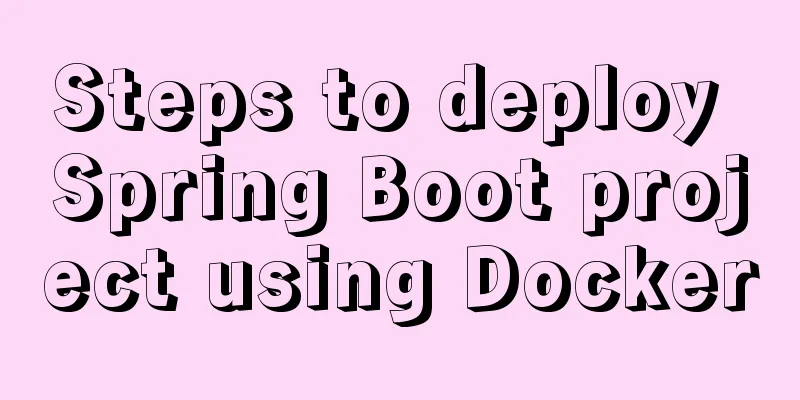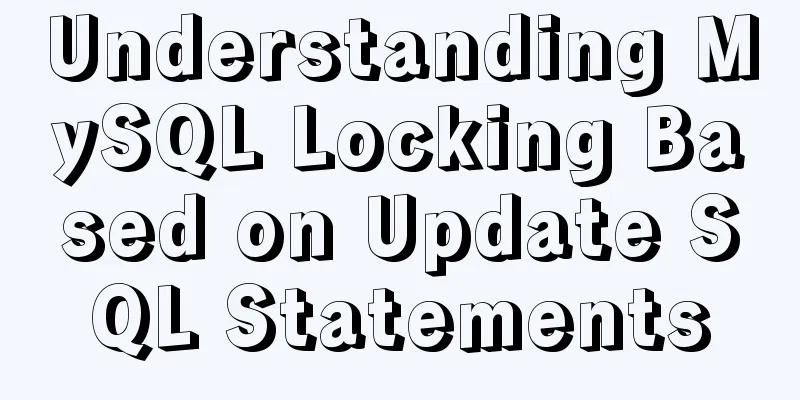Metadata Extraction Example Analysis of MySQL and Oracle
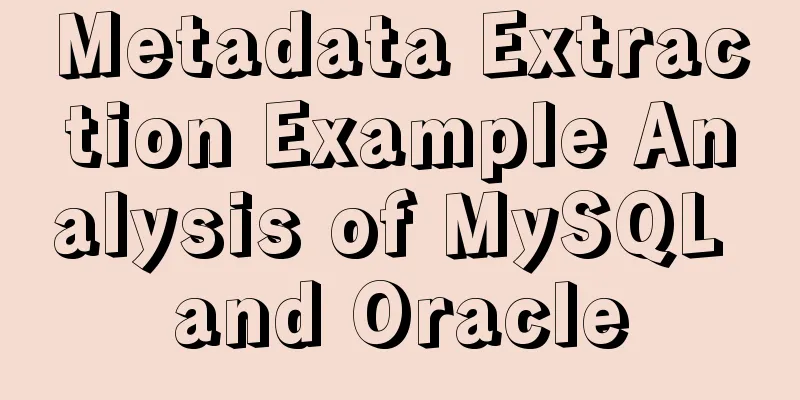
PrefaceRecently I received a task to extract metadata from MySQL and Oracle, which basically means extracting the library, schema, table, field, partition, index, primary key and other information in the library, and then exporting it into Excel. Because I just started to learn about metadata and didn't know much about it, I wanted to use the almighty Baidu. As a result, after searching around on Baidu, all I got was sql, and I could just use cv. Although I got some data, I had no idea which database or table I was looking for, and the data I got was not what I wanted. I had to go to the official website and read the documents to complete my task. It is better to teach a man to fish than to give him a fish. I wrote down my experience to provide a reference for friends who have the same doubts as me. What is metadataBaidu Encyclopedia: Metadata, also known as intermediary data or relay data, is data about data, mainly information describing data properties, used to support functions such as indicating storage location, historical data, resource search, and file records. Metadata is a kind of electronic catalog. In order to achieve the purpose of cataloging, it is necessary to describe and collect the content or characteristics of the data, thereby achieving the purpose of assisting data retrieval. The Dublin Core Metadata Initiative (DCMI) is an application of metadata. It was a seminar jointly sponsored by the International Library Computer Center (OCLC) and the National Center for Supercomputing Applications (NCSA) in February 1995. 52 librarians and computer experts were invited to jointly develop specifications and create a set of characteristics that describe electronic files on the Internet. Metadata is information about the organization of data, data domains and their relationships. In short, metadata is data about data. Reference document addressmysql: https://docs.oracle.com/cd/E17952_01/index.html Oracle: https://docs.oracle.com/en/database/oracle/oracle-database/index.html Let’s talk about MySQL first MySQL's metadata exists in the After entering the document, go directly to the introduction of Commonly used queries mysql metadata sql -- Database SELECT `schema_name` database name, `DEFAULT_CHARACTER_SET_NAME` default character set FROM `SCHEMATA` -- Table SELECT `TABLE_NAME` table name, `TABLE_COMMENT` description, `TABLE_TYPE` table type FROM `TABLES` -- Field SELECT `TABLE_SCHEMA` library name, `TABLE_NAME` table name, `COLUMN_NAME` field name, `COLUMN_COMMENT` field description, `DATA_TYPE` field type, `CHARACTER_MAXIMUM_LENGTH` length, `IS_NULLABLE` whether it is empty FROM `COLUMNS` -- Partition SELECT `TABLE_SCHEMA` database name, `TABLE_NAME` table name, `PARTITION_NAME` partition name, `PARTITION_ORDINAL_POSITION` partition number, `PARTITION_EXPRESSION` partition function expression FROM `PARTITIONS` WHERE partition_name IS NOT NULL -- Views SELECT * FROM `VIEWS` -- Index SELECT * FROM STATISTICS -- Primary key SELECT * FROM `COLUMNS` WHERE COLUMN_KEY = 'PRI' Let's talk about OracleThe metadata in Oracle is in the static data dictionary views. We cannot access the data dictionary tables directly, but we can access the information in them through data dictionary views. To list the available data dictionary views, query the view DICTIONARY. There are three types of views in the static data dictionary view: ALL_, DBA_, USER_
The ALL_, DBA_, and USER_ views corresponding to a single data dictionary table are usually almost identical. Official website:
Then you can find the corresponding view through the document description. Query common Oracle metadata sql: -- Mode SELECT * FROM DBA_TABLESPACES; --table select * from user_tables ut LEFT JOIN user_tab_comments utc ON ut.TABLE_NAME = utc.TABLE_NAME; -- Field select t.TABLE_NAME table name, t.COLUMN_NAME description, t.DATA_TYPE type, t.DATA_LENGTH length, t.NULLABLE whether it is empty, t.DATA_DEFAULT default value, s.comments description from user_tab_columns t LEFT JOIN user_col_comments s ON t.COLUMN_NAME = s.COLUMN_NAME WHERE t.TABLE_NAME ='ASSET_BASE_TABLE'; -- Partition SELECT * FROM USER_PART_KEY_COLUMNS; -- Index SELECT * FROM USER_INDEXES; -- View SELECT * FROM USER_VIEWS; -- Primary key select cu.* from USER_CONS_COLUMNS cu, USER_CONSTRAINTS au where cu.constraint_name = au.constraint_name and au.constraint_type = 'P'; SummarizeThis is the end of this article about MySQL and Oracle metadata extraction. For more relevant MySQL Oracle metadata extraction content, please search 123WORDPRESS.COM's previous articles or continue to browse the following related articles. I hope everyone will support 123WORDPRESS.COM in the future! You may also be interested in:
|
<<: Introduction to html form control disabled attributes readonly VS disabled
>>: How to modify the user and group of a file in Linux
Recommend
MySQL chooses the right storage engine
When it comes to databases, one of the most frequ...
Instructions for using MySQL isolation Read View
Which historical version can the current transact...
Html easily implements rounded rectangle
Question: How to achieve a rounded rectangle usin...
How to modify the initial password of a user in mysql5.7
When users install MySQL database for the first t...
Detailed explanation of how to use the vue verification code component
This article example shares the specific implemen...
React gets input value and submits 2 methods examples
Method 1: Use the target event attribute of the E...
HTML tags explained
HTML tags explained 1. HTML tags Tag: !DOCTYPE De...
A brief discussion on the principle of js QR code scanning login
Table of contents The essence of QR code login Un...
Summary of commonly used SQL statements for creating MySQL tables
Recently, I have been working on a project and ne...
Div adaptive height automatically fills the remaining height
Scenario 1: Html: <div class="outer"...
Introduction to Linux File Compression and Packaging
1. Introduction to compression and packaging Comm...
3 functions of toString method in js
Table of contents 1. Three functions of toString ...
How to make the height of child div fill the remaining space of parent container in CSS
1. Use floating method Effect picture: The code i...
MySQL database introduction: detailed explanation of multi-instance configuration method
Table of contents 1. What is multi-instance 2. Pr...
Linux uses lsof/extundelete tools to restore accidentally deleted files or directories
Preface Linux does not have a prominent Recycle B...

